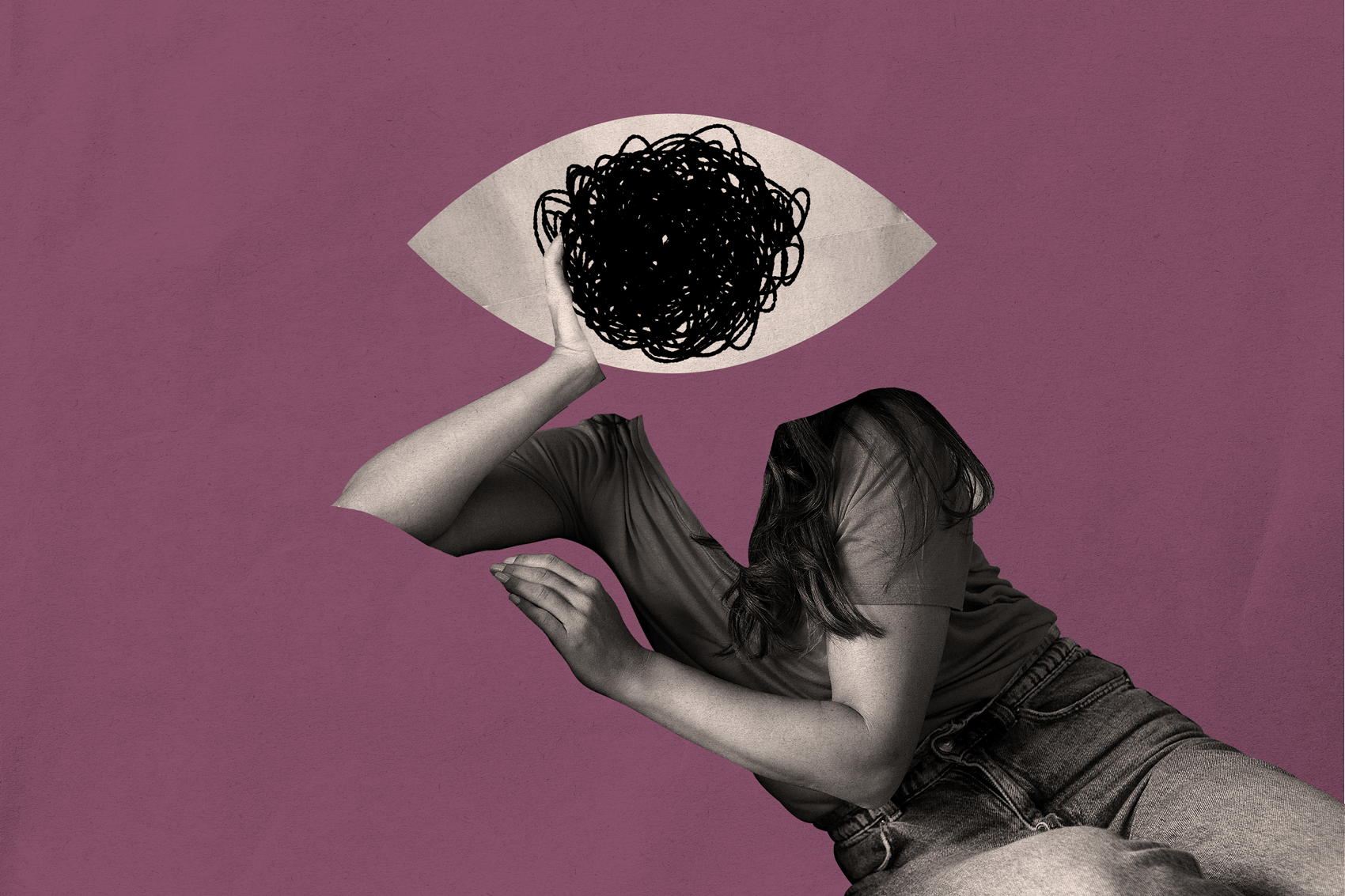That guilt you feel? There’s a place (in your brain) for that
- Share via
The father of psychiatry, Sigmund Freud, had a special affinity for discerning the guilt and self-blame in his patients’ thinking: This, he said, is one of the things that distinguished depression from mere sadness. And the physical representation of this penchant for blaming oneself -- as well as many other symptoms he could observe but not dissect -- would someday be found somewhere in the brain, the Austrian neurologist long speculated.
Turns out, the old man was onto something.
A new study that peers into the brain’s workings with functional Magnetic Resonance Imaging, or fMRI, begins to unravel one long-observed enigma in major depressive disorder: why, for most patients, it continues to come back, even after it seems to have been cured or gone away on its own. Published Monday in the Archives of General Psychiatry, the study finds that for the depressed, even in remission, the cerebral mechanisms of guilt and self-blame continue to hum and whir, untouched by antidepressants or years of psychotherapy.
For some, that makes relapse an ever-present prospect.
And those mechanisms can be heard not only in the repeated “it’s all my fault” generalizations of patients on the couch. In the depressed as well as in those in remission, the “neural substrates” of depression -- the wellspring from which, for some, the disorder may arise -- can be seen at work in the brain.
It’s not easy though. Many fMRI studies of the brain -- even this one -- showed no difference in overall brain activation when a subject was made to feel angry or indignant and when he or she was made to feel guilty.
The current study, instead, found differences at a deeper level. In the 22 individuals with no family or personal history of depression that made up the control group, statements designed to induce feelings of personal blame caused brain activation in a predictable network of brain regions working together: The regions that make up the frontolimbic network -- a set of primitive structures in the brain that help us process and respond to strong emotions -- worked hand-in-glove with a structure called the anterior temporal lobe.
Neuroscience research has suggested the right superior anterior temporal lobe is a key hub in the network of brain structures that help us place our own actions and others’ in their broad social context. When it is working, we are attuned to the meaning of human behavior in a social setting and able to judge it. Another structure -- the subgenual cingulate cortex’s “adjacent septal region” also is activated when we weigh whether behavior -- our own or others’ -- deserves blame or indignation.
Among the 25 formerly depressed subjects (nine of whom continued to take antidepressant medication), statements construed to elicit a sense of guilt (“Self acted stingily toward best friend”) activated the frontolimbic network. But something was notably absent: There was no input from the anterior temporal lobe. Neither was there the usual cross-talk between components of the frontolimbic system and the “adjacent septal region” of the subgenual cingulate cortex.
Researchers suggested this pattern, in which the possibility of blame sparks activity in a frontolimbic network that is “decoupled” from activity in these other two structures, might be the telltale fingerprint of depression, even after its most apparent symptoms -- sadness, lack of energy, changes in sleep and appetite -- have resolved. And their persistence after depression subsides may explain why, for some, the condition returns again and again.






